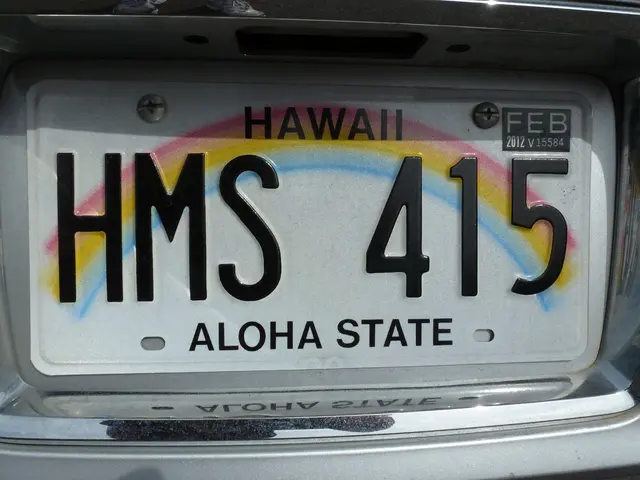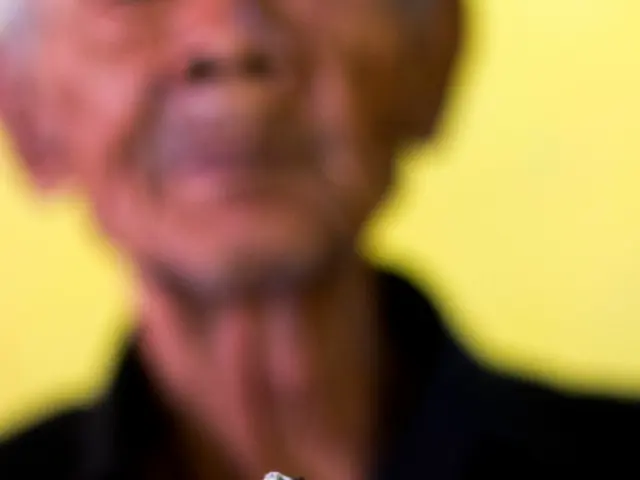Celebrating Valentine's Day in Japan 2025: A Guide
Unique Valentine's Day Traditions in Japan
Every year on February 14th, Valentine's Day is celebrated across the globe, including in Japan. Unlike Western countries where the day typically focuses on romantic love, Japan embraces a diverse range of customs that extend to friends, family, and colleagues.
Origins and Commercialization
Valentine's Day entered the Japanese market in the 1930s, introduced by confectionery companies like Morozoff. The marketing strategy aimed to boost chocolate sales by encouraging women to send chocolates to their loved ones. This shift in tradition, with women giving chocolates rather than men, has become a distinctive aspect of Japanese Valentine's Day.
Development of Japanese Traditions
In Japan, four types of chocolates are traditionally given:- Honmei Choco: Romantic chocolate given to partner or someone with romantic feelings.- Giri Choco: Obligatory chocolate given to friends, colleagues, or family out of social courtesy.- Tomo Choco: Friend chocolate exchanged among female friends.- Jibun Choko: Self-given chocolate, a treat for oneself.
On March 14th, White Day is celebrated as a return for the gifts received on Valentine's Day. Men are expected to reciprocate with gifts of equal or higher value.
The Impact of Valentine's Day and White Day on Retail
Together, these events generate significant sales for Japan's confectionery industry, with billions of yen in annual revenue from Valentine's chocolate alone. It has become an integral component of Japan's retail calendar.
Valentine's Day and the Shift from Romantic to Social Celebration
While Valentine's Day in Japan initially focused on romantic love, it has broadened over time to represent platonic and social bonds. Giving chocolate to friends, colleagues, and family members is now a common practice, reinforcing social connections and maintaining harmony within groups.
Popular Valentine's Day Events in Japan
In Tokyo, popular tourist attractions like Roppongi Hills, Tokyo Solamachi, and Ginza offer unique events, with specialty chocolate shops and photo spots open from late January to Valentine's Day. Other attractions like the Salon du Chocolat and Amour du Chocolat! events acknowledge the importance of chocolate in Japanese Valentine's Day customs.
For those seeking to deepen their understanding of Japanese culture and history, guided tours are available from travel agencies like [our website]. These tours not only offer insight into iconic sites but also provide context for local traditions and customs.
In conclusion, Valentine's Day in Japan has moved beyond its commercial origins to become a significant part of Japanese culture. Embraced as an opportunity to express a range of emotions, it highlights the importance of relationships and maintaining social harmony within a society that values collectivism.
- On Valentine's Day in Japan, besides romantic expressions, chocolate is also given to friends, colleagues, and family members to reinforce social connections.
- In Tokyo, popular tourist attractions like Roppongi Hills, Tokyo Solamachi, and Ginza offer unique events during Valentine's Day, featuring specialty chocolate shops and photo spots.
- Guided tours offered by travel agencies delve into the cultural and historical aspects of Japan, providing an in-depth understanding of local traditions and customs around Valentine's Day.
- Apart from chocolate, shopping for fashion-and-beauty items is also a popular activity during the Valentine's Day season in Japan.
- As Valentine's Day has evolved in Japan, it has become an integral part of the country's lifestyle, showcasing the essence of relationships and collectivism within the society.






